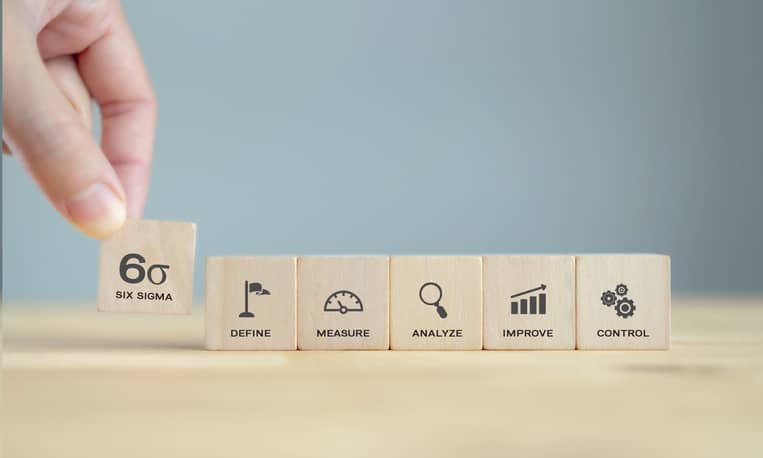A clinical laboratory in Utah has spent 25 years refining its processes to attain a level of Six Sigma that is unheard of in the industry.
Relying on a complex automation system decades in development, Associated Regional and University Pathologists (ARUP) Laboratories of Salt Lake City has sought to minimize the number of lost or misplaced specimens in the lab. This is a common problem for clinical labs across the country.
ARUP reported in a press release that they have reached a Six Sigma score on lost specimens. Six Sigma means only 3.4 defects per one million opportunities.
“To my knowledge, ARUP is the first clinical laboratory in the country to achieve Six Sigma quality for any metric,” Charles Hawker, who co-authored a report about ARUP’s efforts in the Journal of Applied Laboratory Medicine, said in a news release.
A Long Process
ARUP worked more than two decades to make their specimen management system as error-free as possible. That’s no small feat considering the lab handles 55,000 specimens daily.
Hawker is a medical director at the lab as well as a professor of pathology at the University of Utah’s School of Medicine. He co-wrote the report about ARUP’s efforts in the journal with Bonnie Messinger, the lead writer who works as ARUP’s process improvement manager. David Rogers, who oversees specimen processing for ARUP, also co-wrote the report.
The three noted that most clinical labs across the country have extremely low error rates when it comes to the actual analysis of specimens.
The problems occur in the non-analytics portions of the operation. That includes the misplacement or loss of specimens. ARUP decided more than two decades ago to set lost specimens as metric for measuring quality at the lab.
Messinger wrote that the number of lost samples “has been tracked continuously for 25 years and has demonstrated steady improvement.”
“Nonanalytic processes have become highly automated within our organization, which, we believe, was a major factor in reducing lost samples.”
Automation Proves Key
The report from ARUP makes it clear that the level of automation used by the lab might not be available for every clinical laboratory. However, the report has been released in hopes that the 16 engineering and behavior controls used by ARUP can help other labs improve their non-analytic processes.
ARUP turned to automation 25 years ago in an effort to reduce mistakes and better track those controls. As Messinger said in the news release, “Every time a human touches a sample it creates an opportunity for error.”
Much of the ARUP automation is unlike any other lab in the world. It includes:
- A conveyor belt that transports tubes between specimen work stations
- Robotic systems that read bar codes on individual specimen tubes
- An automated system for the thawing and mixing that prepares frozen specimens for testing
- An automated sorting system that uses 10 high-speed robotic sorters. Each can handle 1,000 specimen tubes per hour
Improving Other Clinical Trials
In striving to achieve Six Sigma, ARUP also focused on the controls mentioned above. Each are designed to prevent human error in handling specimens.
Some of the methods prove simple. They include having workers keep their work stations clean of any unnecessary items. They also are encouraged to maintain a “lost sample checklist” that helps them better track specimens as they move through their work stations.
All of this is in the name of achieving Six Sigma. ARUP clearly identified the issue, developed a strategy to make improvements and put it into action.
They are not the only clinical lab to take on the issue. A recent survey found that clinical lab leaders across the country believe a unified system is needed for handling clinical trials. The main issue is the number of different software systems used in clinical trials. In some cases, it’s as many as five.
Efforts are underway to develop a system that streamlines how labs handle clinical trials.



